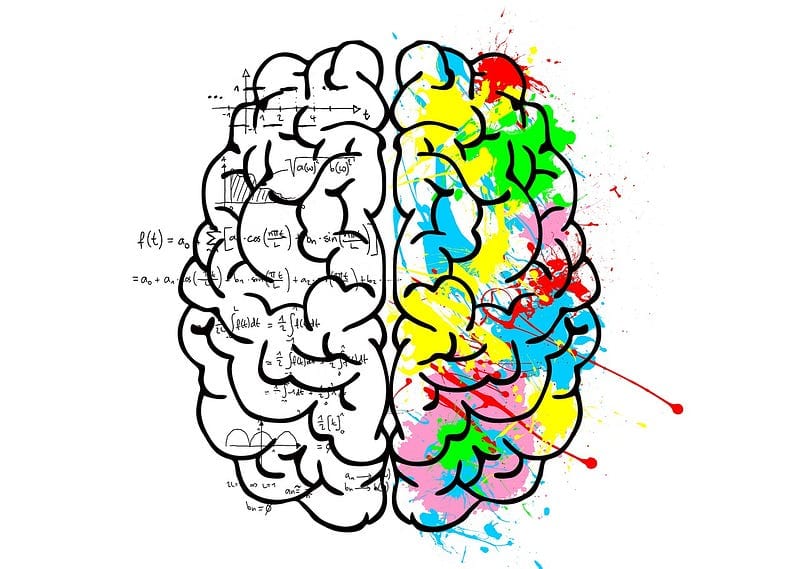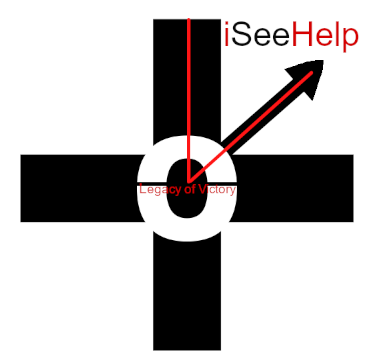Right and Left Brain Connections
How to integrate experiential emotions when telling stories

STORYTELLING SECRETS | WRITING TIPS | PSYCHOLOGY
Right and Left Brain Connections
Storytelling is both an art and a science where strategy in speaking and writing connects words and emotions to integrate the right and left brain.
Blow your own mind as a storyteller
Some people can tell stories with ease. Others struggle to make sense of their experiences and seem to struggle restating what they thought and how they felt. Underneath the words formed in the logical left brain, they tend to have difficulty replaying what happened — in their right emotional, experiential brain — in a way that others listen. Julian Shapiro researched how to speak and write so that hearers and readers connect. Pay attention to mirror neurons in the brain.
Blowing your own mind entails being excited at moments of excitement, being shocked at moments of shock, and being wowed at moments of wonder. Listeners feed off this like sugar. This, it turns out, is far more important than vocal rhythm or any other delivery trick. Because, when you blow your own mind, something mesmerizing happens: you relive the story and its impact on you in real-time. People then see that reflected on your face and in your authentic emotions.
It’s irresistibly infectious for the audience. Not one great storyteller had articulated this to me before.
This works so well because of the phenomenon of “mirror neurons,” as some call it: when you see a fighter break their ankle, you wince in pain. When you see someone who can’t breathe from laughing so hard, you smile. And — the classic — when the person next to you yawns, you yawn too.
Resonate with your audience
Those mirror neurons resonate to inspire and engage your audience. Resonate is a word that literally means re-sound, or hear again, or a sound repeated. The dictionary definition is to “produce or be filled with a deep, full, reverberating sound.” Related to the literal meaning, to resonate with a person is “to affect or appeal to someone in a personal or emotional way.” In other words, your words, either spoken or written, connect with another person on a deeper level so that they tend to retain information that leads to some sort of change or transformation. The receiver “gets it.”
Resonate is also the name of a book by Nancy Duarte.
Presentations are meant to inform, inspire, and persuade audiences. So why then do so many audiences leave feeling like they’ve wasted their time? All too often, presentations don’t resonate with the audience and move them to transformative action.
Just as the author’s first book helped presenters become visual communicators, Resonate helps you make a strong connection with your audience and lead them to purposeful action. The author’s approach is simple: building a presentation today is a bit like writing a documentary. Using this approach, you’ll convey your content with passion, persuasion, and impact.
Authenticity matters
Just like storytelling is both an art and a science, so also is authenticity and motivation. Why are you telling me this?
Reliving a story simply for the purpose of your own therapy is appropriate sometimes with some people, but not all the time with all people. In other words, adapt. Be flexible. Don’t dump.
Always start with the WHY. Integrating your right and left brain capacities will result in greater joy for you and for your audience.

